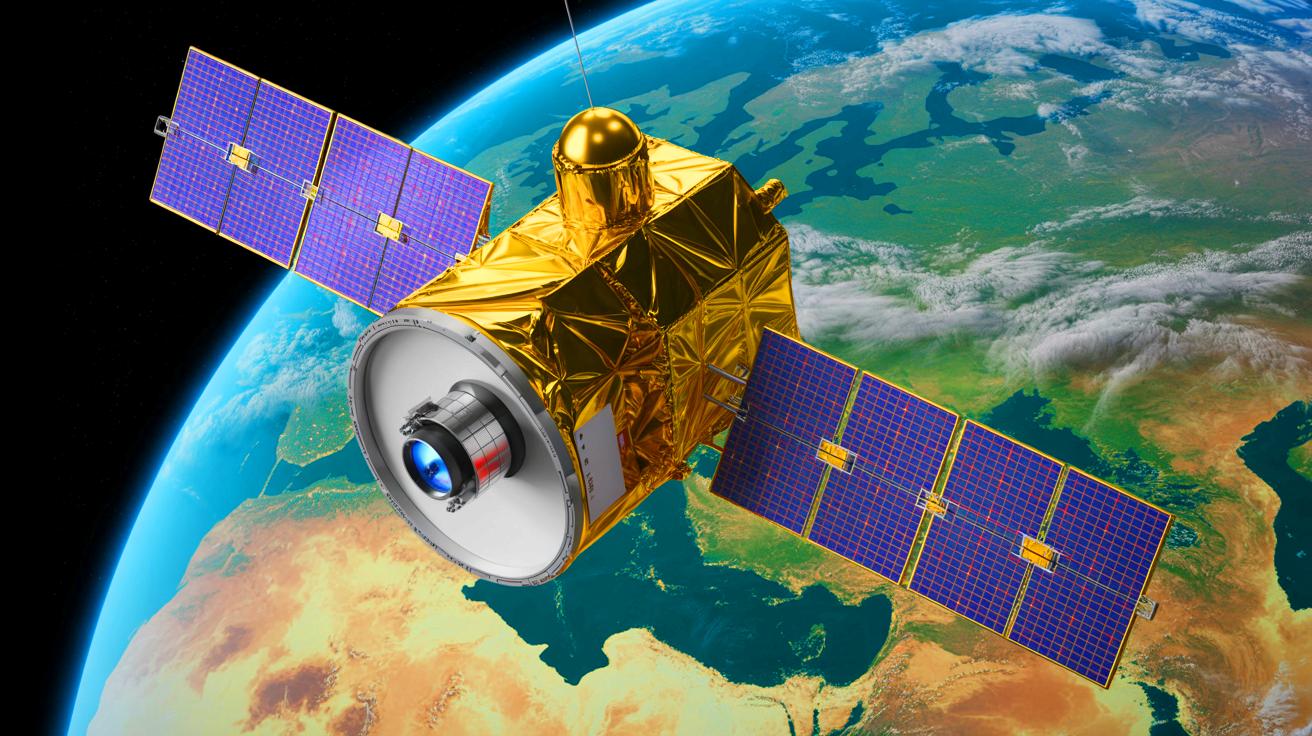| IN A NUTSHELL |
|
The rapid advancement of technology continues to push the boundaries of what was once considered possible. In a groundbreaking development, Chinese scientists have crafted a satellite capable of identifying a human face from over 62 miles away. This new technology, leveraging advanced laser systems, has the potential to revolutionize surveillance capabilities on a global scale, raising both intrigue and concern. As the world grapples with the implications of such advancements, it is crucial to understand the mechanics and potential repercussions of this powerful tool.
The Breakthrough in Satellite Technology
Chinese engineers have developed a satellite equipped with a laser-based remote sensing system known as Synthetic Aperture Lidar (SAL). This technology allows the satellite to capture images in two or three dimensions with unprecedented clarity. Unlike previous systems that relied on longer-wavelength microwave radiation, SAL uses optical wavelengths, resulting in sharper and more detailed images. This innovation marks a significant leap in espionage technology, enhancing the capabilities of traditional spy cameras and telescopes by more than a hundredfold.
The initial test of this technology took place over Qinghai Lake in northwest China. The system demonstrated its prowess by detecting minute details as small as 0.067 inches from a distance of 101.8 kilometers. Such precision was achieved by splitting the laser beam through a 4×4 microlens array, effectively broadening the optical aperture. These advancements could enable operators to monitor foreign satellites with a level of detail previously unimaginable, potentially altering the landscape of international surveillance.
Implications for Global Surveillance
The development of this satellite technology could have profound implications for global surveillance practices. With the ability to capture high-resolution images from space, nations could gain unprecedented insights into the activities of other countries. This capability comes at a time of heightened tensions between major powers like the United States and China, potentially exacerbating existing geopolitical strains.
While the ability to monitor foreign satellites in detail could bolster national security, it also raises significant privacy concerns. The potential for misuse of such technology to invade personal privacy or conduct unauthorized surveillance is a growing concern among privacy advocates. As nations advance their technological capabilities, striking a balance between security and privacy becomes increasingly important. The ethical considerations surrounding the use of such powerful surveillance tools are likely to spark intense international debate.
The Science Behind Synthetic Aperture Lidar
Synthetic Aperture Lidar (SAL) represents a cutting-edge fusion of laser radar technology and advanced imaging techniques. By exploiting the motion of the satellite, SAL creates fine-resolution images that surpass the capabilities of traditional scanning radar systems. The use of optical wavelengths, shorter than those employed by microwave-based systems, enhances the sharpness and detail of the images produced.
During testing, researchers achieved remarkable precision by utilizing a laser beam divided through a microlens array, expanding the system’s optical aperture. This innovation allowed them to overcome previous limitations related to the trade-off between field of view and aperture size. However, it’s important to note that these tests were conducted under ideal weather conditions. Poor weather or visibility issues could significantly impact the system’s accuracy and reliability. The robustness of this technology in diverse conditions remains a critical area for further research and development.
Future Prospects and Ethical Considerations
As this technology continues to evolve, its potential applications extend beyond military surveillance. The ability to capture high-resolution images from space could have significant implications for fields like environmental monitoring, disaster management, and scientific research. However, these advancements also necessitate careful consideration of ethical boundaries.
The potential for misuse, coupled with concerns about privacy and international trust, underscores the need for comprehensive regulatory frameworks. As nations continue to push the limits of technological innovation, the global community must collaboratively address the ethical implications of such advancements. How can we ensure that powerful technologies like SAL are used responsibly, balancing the benefits of enhanced surveillance with the imperative to protect individual privacy?
In a world where technology continues to evolve at breakneck speed, the development of a satellite capable of identifying faces from space epitomizes both the promise and peril of modern innovation. As we look to the future, how can we navigate the challenges and opportunities presented by such transformative technologies?
Our author used artificial intelligence to enhance this article.
Did you like it? 4.3/5 (20)





